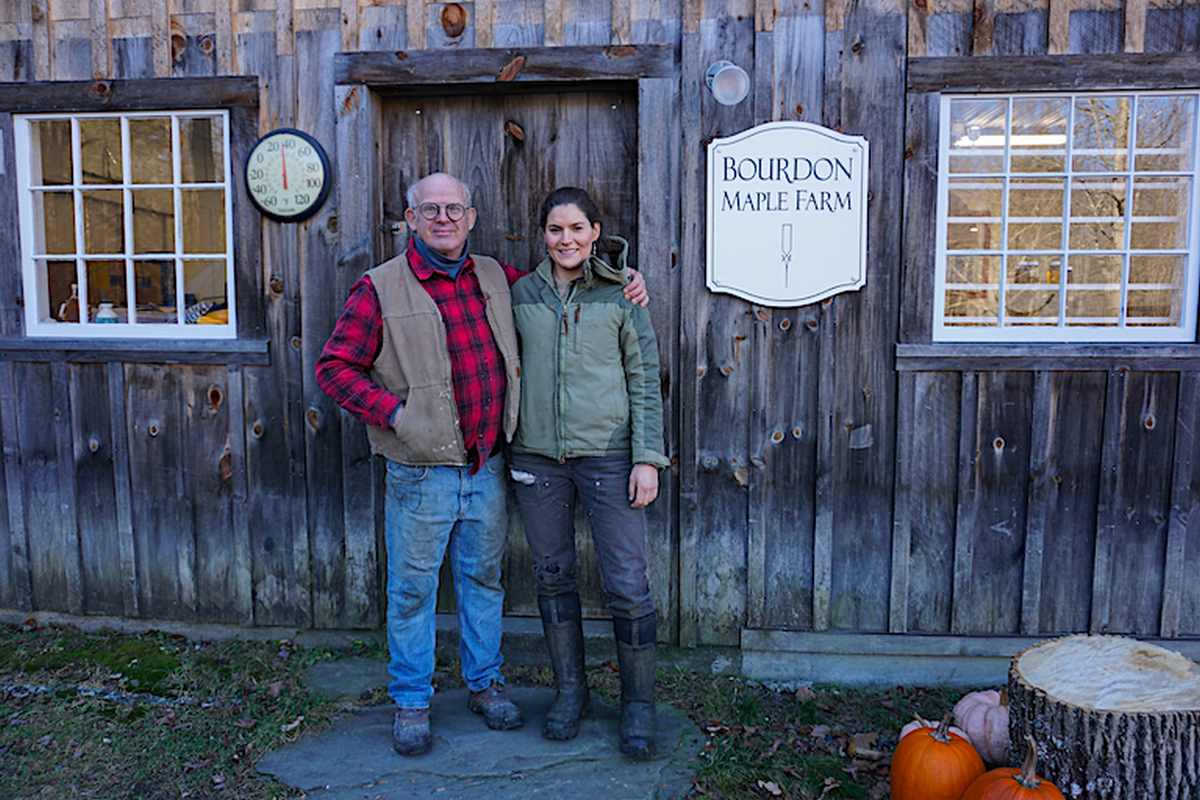- Feb 5, 2002
- 166,633
- 56,266
- Country
- United States
- Faith
- Catholic
- Marital Status
- Married
- Politics
- US-Others
As the sun rises, the ethereal song of a wood thrush echoes through Bourdon Maple Farm’s 55-hectare (135-acre) forest in Woodstock. A bright scarlet tanager wings about the canopy as hungry yellow-bellied sapsuckers drill into tree bark.
At the height of maple sugaring season, birds provide a comforting soundtrack for the farm’s head of operations, sales, and marketing, Meg Emmons.
“A lot of times, the birds are my only company out here in the woods,” she said, smiling at a nearby black-capped chickadee. But the forest’s most vocal residents are also some of its most vulnerable.
Forest birds thrive in diverse habitats that consist of young, middle-aged, and old-growth trees. Most trees in New England, however, are uniformly middle-aged after regrowth following widespread clearing for agriculture in the 1800s. Modern development pressure continues to convert woodlands into residential areas, parking lots, and other unforested landscapes, further reducing the amount of habitat available.
As a result, many forest bird populations have plummeted. Wood thrush populations, for instance, more than halved in 50 years due to forest loss that increased nest exposure to predators and parasites. Vermont’s Wildlife Action Plan identifies it as a high-priority “species of greatest conservation need.”
Continued below.

 www.goodnewsnetwork.org
www.goodnewsnetwork.org
At the height of maple sugaring season, birds provide a comforting soundtrack for the farm’s head of operations, sales, and marketing, Meg Emmons.
“A lot of times, the birds are my only company out here in the woods,” she said, smiling at a nearby black-capped chickadee. But the forest’s most vocal residents are also some of its most vulnerable.
Forest birds thrive in diverse habitats that consist of young, middle-aged, and old-growth trees. Most trees in New England, however, are uniformly middle-aged after regrowth following widespread clearing for agriculture in the 1800s. Modern development pressure continues to convert woodlands into residential areas, parking lots, and other unforested landscapes, further reducing the amount of habitat available.
As a result, many forest bird populations have plummeted. Wood thrush populations, for instance, more than halved in 50 years due to forest loss that increased nest exposure to predators and parasites. Vermont’s Wildlife Action Plan identifies it as a high-priority “species of greatest conservation need.”
Continued below.

Bird-Friendly Maple Syrup Boosts Vermont Forest Diversity and Resilience
Bird-friendly maple syrup producers can brand their products with the program’s label showcasing the scarlet tanager (Piranga olivacea)
 www.goodnewsnetwork.org
www.goodnewsnetwork.org
